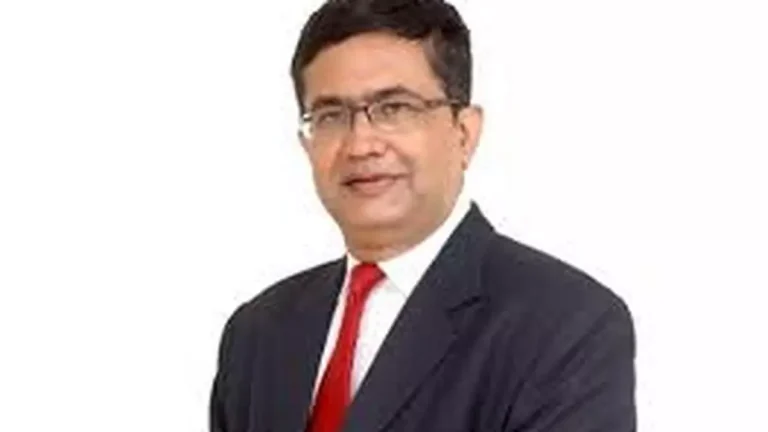National Stock Exchange (NSE) chief Ashishkumar Chauhan believes the new regulatory proposals on F&O could have a significant impact on trading volumes, if implemented in full. Speaking on a conference call with analysts on Thursday, Chauhan said the Gift City could turn a beneficiary if volumes on mainland exchanges decline. “We are still waiting for the final framework to emerge,” he said.
Asked which index will be selected for the weekly expiry, the NSE chief said the index should be a broad-based and non-thematic index.
In a separate conference call with analysts, BSE MD and CEO S Ramamurthy said while regulatory changes may impact the existing paradigm, they also offer new opportunities.
« The BSE is at a nascent stage of development in this market segment and it will be relatively easier for it to adapt and grow. The exchange has faced many hurdles in the past and we remain committed to providing a vibrant platform to our members, » Ramamurthy said.
He added that while the number of transactions and contracts traded may decrease, the higher premiums can lead to lower regulatory and clearing fees and increased revenue, since revenue is based on premiums.
« It would be presumptuous to say whether the new rules will be good or bad. We will have to wait and watch, » Ramamurthy said.
SEBI’s new proposals to curb the equity derivatives frenzy could lead to a 30-40% decline in volumes, with the biggest impact on exchanges and retail brokers.
The impact on earnings could be higher for NSE with an estimated impact of 25-30% on its FY26 earnings and 15-18% for BSE.
Color Push
Chauhan said there was no visibility on the exchange’s IPO. NSE has commissioned additional colocation racks this financial year and plans to install at least 500 new colocation racks by March 2025, he said.
The number of unique investors registered on NSE crossed the 10 crore mark on August 8, with the number of client codes (accounts) at 19 crore.
Investor base is growing
The investor base has more than tripled in the last five years, facilitated by rapid growth in digitalization, growing investor awareness, financial inclusion and sustained market performance.
The median age of investors is about 32, with 40% under 30. The median age was 38 just five years ago. Today, nearly one in five investors is female.
Currently, the highest number of registered unique investors is from Maharashtra (1.7 crore), followed by Uttar Pradesh with 1.1 crore investors and Gujarat with 87 lakh investors.



